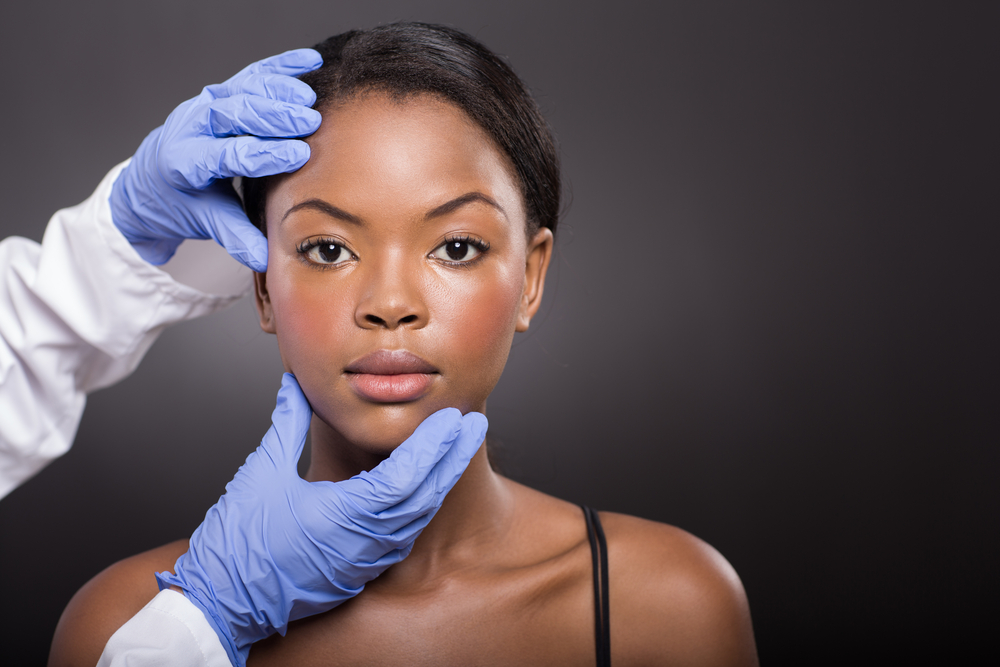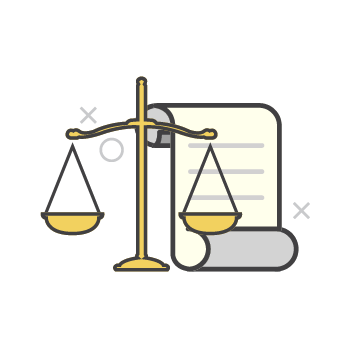How to Prepare for Your First Visit with a Dermatologist
by Carolyn Lee Jan 22, 2024

Although most people associate visiting a dermatologist with skin care, these doctors also specialise in hair and nail problems. Dermatologists can identify skin problems you think are harmless and diagnose skin cancer. These doctors have the expertise to ensure that your skin, hair and nails are healthy and provide access to the proper treatment if you have any concerns.
What does a dermatologist do?
A dermatologist is a medical doctor trained to diagnose and treat skin, hair, nail and mucous membrane diseases and disorders. Their job includes recognising symptoms on your skin that may indicate problems inside your body (organ disease or failure). They can also manage cosmetic conditions such as scars or hair loss.
Conditions a dermatologist can treat.
Some conditions a dermatologist can treat include acne, psoriasis, eczema, nail fungus, skin cancer, rosacea, and hair loss.
When should you consult a dermatologist?
You should consider booking a consultation with a dermatologist if you notice symptoms such as hives, persistent or severe acne, scars, warts, hair loss, or a noticeable change in the size, shape or colour of a mole or patch of skin. Hyperpigmentation, infections, varicose and spider veins, rosacea, long-term skin inflammation, and signs of ageing are other conditions a dermatologist can treat.
How to prepare for your first visit with a dermatologist.
If it is your first time visiting a dermatologist, they will guide you with what to expect during your appointment. Consider the following points for a productive session.
Prepare: Be clear about the skin, nail, or hair issue you wish to discuss. Your doctor will ask questions about your health and the condition you are experiencing. You can prepare notes and take them to ensure you remember everything. Include information on all your concerns and list any past or current treatments you might be using.
Ask questions: Your appointment might go quickly, so it helps to understand what you want to address with your doctor before your visit. Writing down your questions will help you focus on your concerns and maximise your time. When compiling your questions, include items related to your skin type, recommended treatment options, skin irregularities, and the next steps.
Dress comfortably: Your doctor needs to examine your skin, so wear loose clothing that can shift easily if necessary.
Bring photos: Your skin might be doing well on the day you visit, making it difficult to pinpoint how impacting previous flare-ups can be. Pictures showing your skin’s appearance at its worst will help your dermatologist diagnose overall skin health.
Avoid wearing nail polish: Your nails indicate a lot about your skin health and can be the breeding ground for fungi that lead to body rashes. Also, some types of skin cancer initially appear in the nail bed. Clean your nail polish off so your doctor can see what’s happening beneath the surface.
Write down what’s important: Your dermatologist may use unfamiliar terms or complex explanations. So, ask for clarification on anything that seems strange to you. Then, write down the medical names and research them later.
You can use Find Yello to find dermatologists and related services with ease. If you already have a dermatologist and want to know about other skin care treatments like retinoids, check out this Beginner’s Guide to Using Retinoids.
Sources: Cleveland Clinic, Medical News Today, American Academy of Dermatology, and Centre of Surgical Dermatology.








